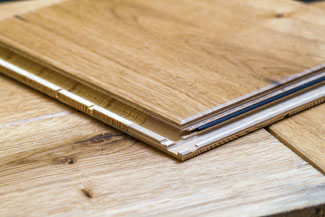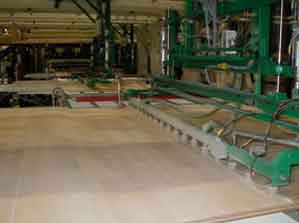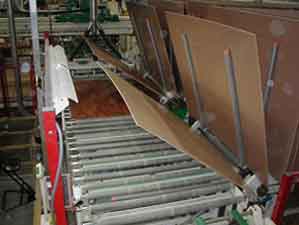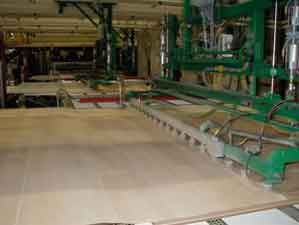Laminate How It's Made
LEARN THE BASICS OF HOW LAMINATE IS MANUFACTURED.
Knowing how laminate is constructed helps you to better understand and evaluate its performance aspects. We will do our best to help you learn how laminate is made and the reasons why certain processes are performed.
Laminate flooring consists of four main components that are bonded together. The bottom layer, or backing, is a melamine plastic layer that lends dimensional stability to the planks and also helps guard against moisture from the subfloor. The next layer is a core board, generally made from high-density fiber board or particle board, which may also contain melamine plastic resin to help improve the moisture resistance of the core. Then a decorative layer or print film is adhered to the top of the core board, giving the floor its hardwood or tile look. This decorative layer is a printed, high-resolution, photo reproduction of wood grain, stone, or ceramic tile pattern. The top is a durable wearlayer, providing protection and stain resistance.
Then all four layers are put through high pressure to bond them together. The stacks of layers are pressed at high temperatures and pressure. After the sheets are pressed, they are left to cool to ensure that they fully cure and to prevent any surface imperfections. These sheets are stacked and stored for a time, so that they can continue to acclimate, thereby enhancing the stability of the boards.
Once the boards are fully acclimated, they are milled, or cut into planks. The freshly cut planks are then profiled. Multiple profiling saws create the tongue and groove edges on the sides of the planks to enable the floor to lock together with ease.









